How to extend your tent's living space
As your family grows and your camping needs change, you’ll discover that the four-berth tent you bought when you started out camping as a couple a few years ago is no longer fit for purpose, especially for longer camping holidays.
Page contents
- The solution to a bigger living space inside your tent
- Windbreaks
- Tarps
- Event shelters and utlity tents
- Gazebos
- Do it yourself
- Built-in extensions
- About our magazine
The solution to a bigger living space inside your tent
The obvious solution is to upgrade and buy a bigger tent. But that can be expensive and leaves you with another problem. While a huge family tent is ideal for longer breaks, where you can settle down for a week or more and unpack all your camping gear, they are not practical for short weekend getaways.
For a short trip, you don’t want to spend a long time setting up so you need something quick and easy, but still spacious enough for your needs.
Some campers will buy a large tent for longer family holidays and a smaller model for weekend trips. This can be an expensive approach, but a cheaper alternative is to buy a smaller tent and an optional extension, that can be used to increase living space on long trips.
Here is everything you need to know about creating more space for your family’s camping needs without having to buy a bigger tent
#1 Windbreaks
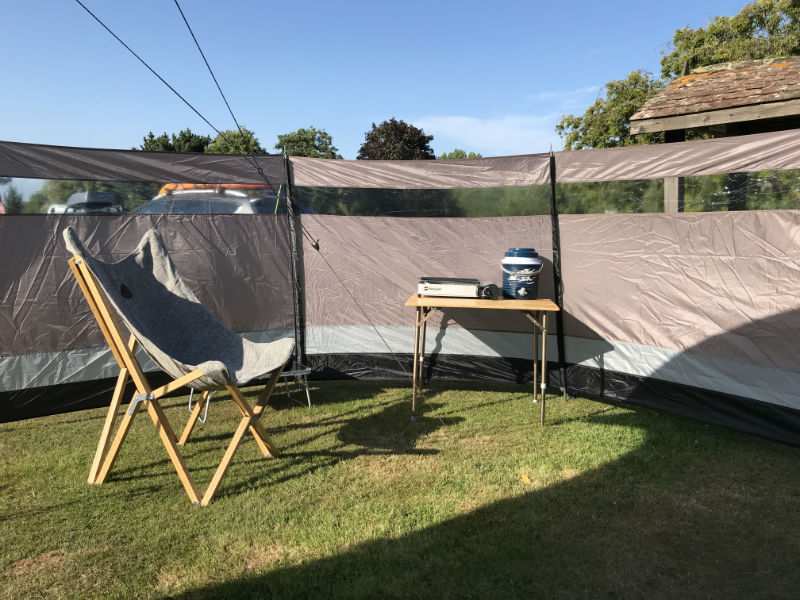
(Photo by Iain Duff)
A windbreak is probably the cheapest and easiest way to extend your tent. Simple and effective, and quick to set up, they can be used with all sizes of tents. As well as providing outdoor shelter for cooking and just generally sitting around, they help to define your pitch and provide some privacy from curious eyes. Although quite what you’re doing that requires privacy we’d probably rather not know.
Campers who are with friends and family will often use windbreaks to create a marked-off communal area between their tents – this is great for socialising but some sites frown upon it and it can feel quite antisocial towards other campers, so make sure you check in advance that it’s allowed.
#2 Awnings and extensions
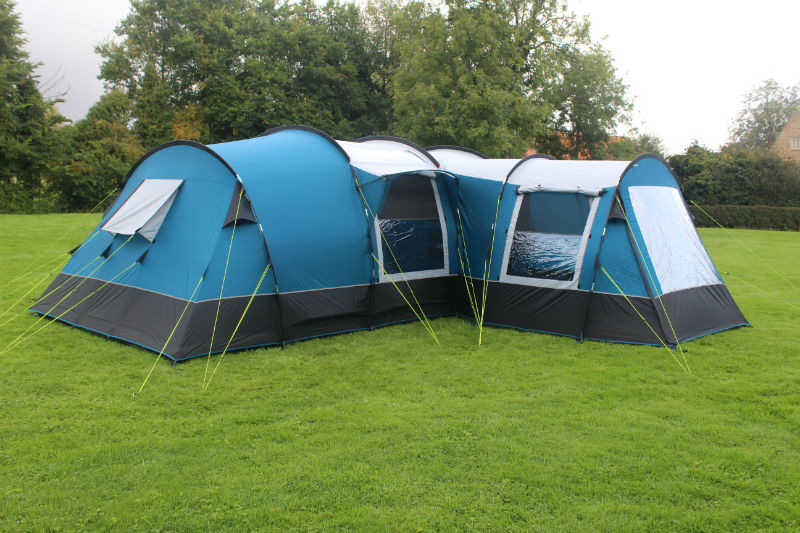
(Photo by Iain Duff)
Most tent manufacturers now offer various opportunities for you to extend your tent. These include optional awnings, extensions, porches and canopies – although being able to tell an awning apart from an extension can be difficult, if not impossible.
Regardless of the terminology, these extensions can vary from a small rain shelter to a full-on enclosed section. What you go for largely depends on your needs and what is available for your tent. Some extensions are tailored for specific models while others are designed to be used on any tent, or a wide range at least.
Usually they come without a groundsheet, so think about whether that’s something you want – you can buy a bespoke one from the camping shop or go for the cheaper option of a general tarpaulin that could be cut to size.
The biggest benefit of an extension is the flexibility. For around £250 you can buy a high-quality weekend/touring tent with comfortable sleeping space for a family of four or five.
But for another £150 or so you can add a front extension that transforms the tent into a big family model with a second large living space, ideal for use as a kitchen/dining area.
What you have then is a quality tent that is considerably bigger than many of the market-leading family models – for little more than half the cost. Not only that, in effect, you have two tents for the price of one.
#3 Tarps
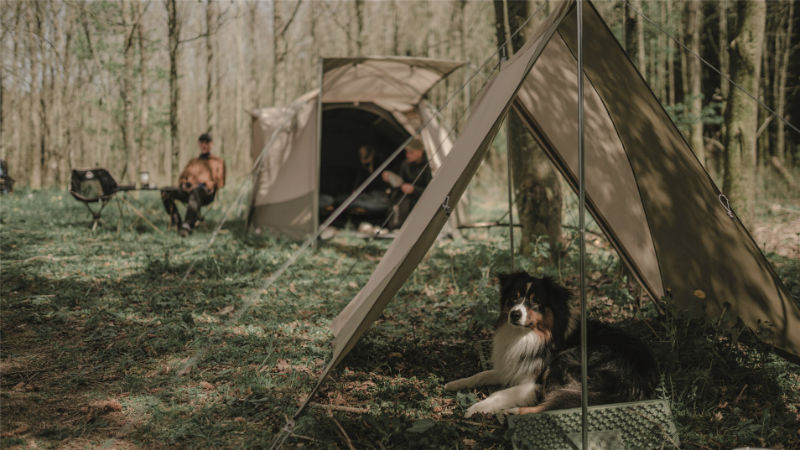
(Photo courtesy of Robens)
The trouble with tent extensions is that they can be heavy and bulky, expensive and difficult to pitch. So, if you’re just after something simple, yet versatile, that can offer shade or shelter from the rain, you might be better off with a flysheet tarp.
These can be set up directly next to your tent’s entrance to provide a covered extension, or a bit further away. Perfect for sitting under or for using as a cooking area and on warm nights you could even sleep under it – as long as you don’t mind sharing your space with bugs.
#4 Event shelters and utlity tents
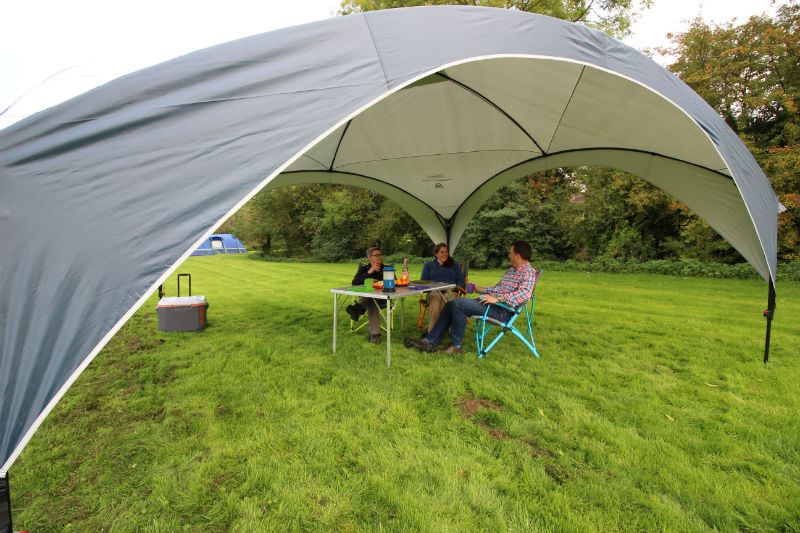
(Photo by Iain Duff)
Huge structures like Coleman’s Event Shelter offer a variety of flexible shelter options from rain, wind and sun. We featured a range of different models in the last issue. Some are totally enclosed with fabric or PVC sides, while others are merely open-sided shelters.
Either way, they offer outside space where you can cook, eat and drink before returning to your tent to sleep. Toilet and shower tents – where you can create your own self-contained en suite facilities – also fall into this category.
Again it’s essential to check with the campsite in advance to make sure you are allowed to pitch your shelter – there may be an additional charge.
#5 Gazebos
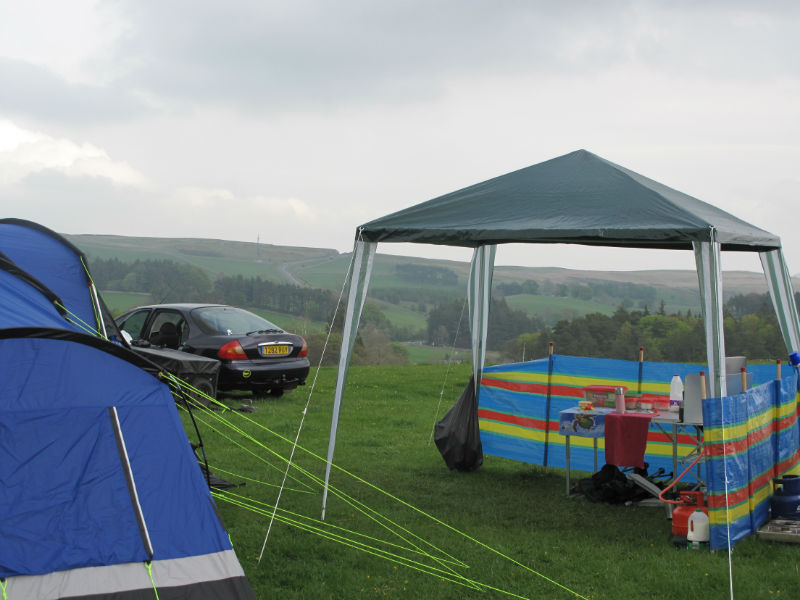
(Photo by Camping Magazine)
Rather than going for a more expensive event shelter, you could raid your shed or garage and set up a cheap and cheerful garden gazebo. They make great cooking and eating areas and with side panels in place, there’s the possibility of protection from insects and the elements.
As with event shelters, many sites have banned gazebos and others charge extra for extensions, whether bought or home-made.
Sites with marked-out pitches are, generally, less able to be flexible in accommodating large tents plus extensions.
#6 Do it yourself
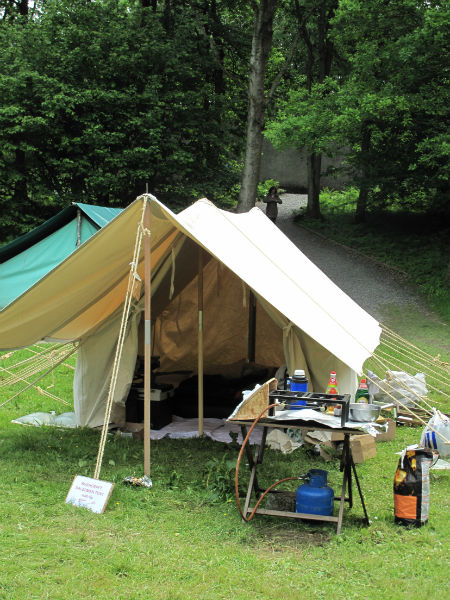
(Photo by Camping Magazine)
The DIY option has always been popular among practical-minded campers. Everything from nylon fabrics sewn together into all sorts of shapes to huge cheap plastic tarpaulins and groundsheets lashed down over tents and cars.
It might not look pretty but it can be just as effective as the expensive extensions supplied by manufacturers.
#7 Built-in extensions
(Photo by Iain Duff)
Rather than asking you to buy an extension, porch or awning as an optional extra, some manufacturers have started including them with the tent.
Whether this counts as an extension or not is debatable, as it’s basically part of the tent, but it does allow you to maximise your living space.
Finished reading?
Want more great advice and helpful hints to improve your camping skills?
Our guide to becoming a camping expert is full of great tips and help.
Get Camping magazine for just £4.99 per year.

Just £4.99 per year! That is less than 10p per week.
Camping is the UK's only magazine devoted to the wonderful world of life under canvas. Every issue is packed with inspirational travel, the top camping sites, reviews, practical help and much more.
Camping’s fully searchable digital library gives you access to the latest issues, plus every edition of Camping since September 2016.
Expert Camping advice!

Camping magazine has been the voice of campers for over 60 years!
Camping is the UK's only magazine devoted to the wonderful world of life under canvas and the freedom it brings.
Every issue is packed with inspirational travel, the top camping sites to stay on, reviews of the latest tents, camping gear reviews, practical help and much more to help you get the most out of your camping adventures.
Want to know more about Camping magazine?
About Camping magazine





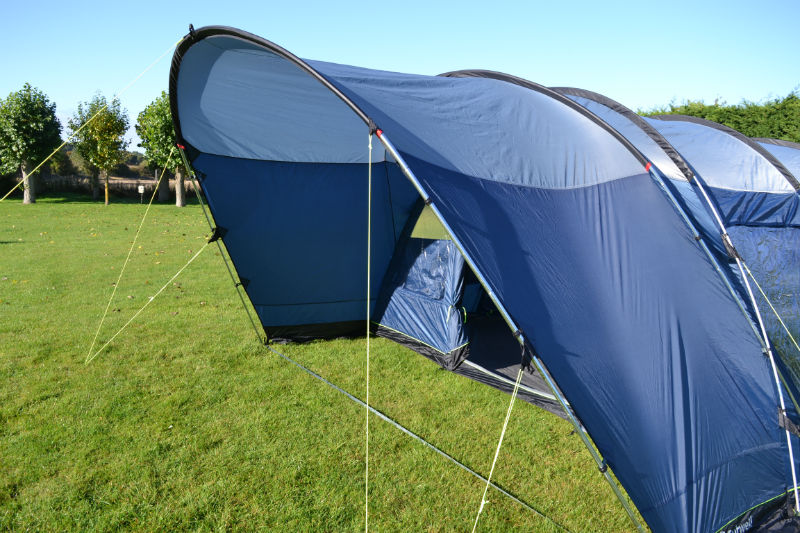


Recent Updates
Camping barbecue: our guide to cooking up a storm this summer
Is there anything more British than sausages grilled on an open flame and dropped on wet grass? Camping and barbecues go hand in hand, which is why ...
Our family camping checklist: everything you need to pack
Sure, you’ve packed the tent and the sleeping bags – but what about slip-on shoes and glow sticks? These are ...
Our guide to planning the perfect camping road trip
Roll down the window, pop on those shades and crank up the volume – it’s time for a road trip. Get ready for ...
Camping in Europe: our 12 top tips
If you’ve not camped in Europe before, there’s a few tips and tricks you’ll need to avoid some continental ...
Solar power for camping: all you need to know
Staying connected in the great outdoors is easier than ever with a solar charger – or is it? How reliable are ...
Wild camping kit list: everything you need for your next adventure
Make sure you’re ready for anything with this list of lightweight camping gear and clothing, including ...
Camping furniture: all you need to know to make your tent a cosy haven
We delve into the essentials of camping chairs, camping tables, and kitchen and bedroom furniture, ensuring ...
Camping lights for tents: What you need to know
We will guide you through all the lighting options available for you and your tent, including interior ...
Camping kitchen: all you need to know
In the great outdoors, a well-equipped camping kitchen transforms mealtime into a delightful adventure ...
How to pack away your camping gear for winter
A complete guide to packing and storing your gear at the end of the season ...
Other Articles
Camping guide to trailers
Trailer stash or trailer trash? Being able to carry lots of other gear when you go camping isn’t such a bad idea, is it? Nick Harding looks at the ...
Winter camping: all you need to know to keep warm
Winter doesn’t have to mean the end of the camping season. With good preparation and the right gear, there’s ...
Camping toilets: a complete guide
If you are wild camping, camping off-grid or the campsite you book onto doesn’t have toilet facilities, you ...
Top tips for camping in windy weather
How to make sure your tent stands up to gusty conditions ...
Camping tents: a complete guide
If you're considering buying a camping tent, whether it's your first time or you're a seasoned camper, making ...
Camping sleeping bags and beds: a complete guide
When it comes to camping, there's one essential item that can make or break your outdoor adventure: the ...
Camping gas: how to use gas on the campsite
A complete guide to using camping gas appliances safely on the campsite, from choosing the right stove to ...
Camping storage: a complete guide
Having problems knowing where to put all your gear when you're camping? Read our top tips and see some great ...
Camping electric hook-up: a complete guide
This is everything you need to know about using electricity on a campsite, including how to hook up ...
How to pack all your camping gear into your car
Planning a family camping holiday? Find out the best way to fit all the kit you need into your car boot, roof ...